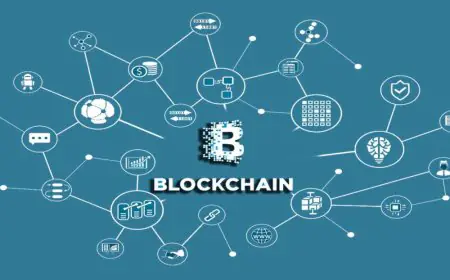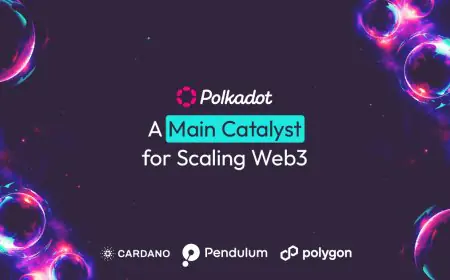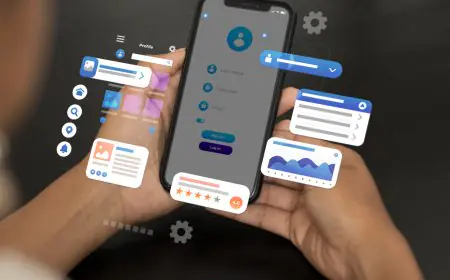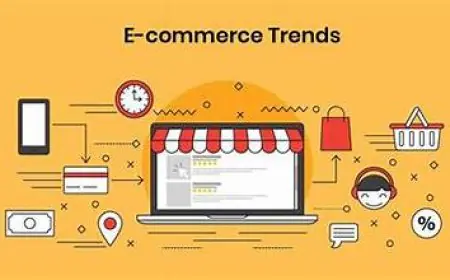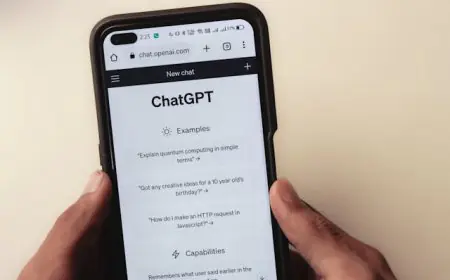Why is MVP Agile Development so Effective?
MVP agile development is a combination of these two concepts, where the product is built and delivered in small increments, each of which provides some value to the customer and allows for learning and improvement
MVP stands for Minimum Viable Product, which is a version of a product that has the minimum features needed to test the core idea and get feedback from potential customers. Agile development is a methodology that emphasizes iterative and incremental delivery of working software, collaboration between cross-functional teams, and adaptation to changing requirements.

MVP agile development is a combination of these two concepts, where the product is built and delivered in small increments, each of which provides some value to the customer and allows for learning and improvement. MVP development is an effective way to create products that meet the needs and expectations of the market while reducing the risk of wasting time and resources on features that are not essential or desirable.
In this article, we will explore the benefits of MVP agile development, how to implement it, and some examples of successful products that were created using this approach.
Benefits of MVP Agile Development
MVP agile development has many advantages over traditional waterfall development, where the product is planned and designed in detail before being developed and tested as a whole. Some of the benefits are:
- Faster feedback: MVP agile development allows for getting feedback from real users early and often, which helps validate the assumptions and hypotheses about the product, its features, and its market fit. This feedback can be used to improve the product, prioritize the next features, and pivot if necessary.
- Reduced risk: MVP agile development reduces the risk of building something that nobody wants or needs, or that does not work as expected. By delivering small increments of value, the product team can test their ideas with minimal investment and avoid spending too much time and money on features that are not validated or valuable.
- Increased flexibility: MVP agile development enables the product team to adapt to changing customer needs, market conditions, and technological trends. By working in short cycles, the product team can respond quickly to new opportunities, challenges, and feedback, and incorporate them into the next iteration of the product.
- Improved quality: MVP agile development improves the quality of the product by ensuring that each increment is tested and verified before being released. By focusing on delivering value rather than completing tasks, the product team can avoid adding unnecessary complexity or technical debt to the product.
- Enhanced collaboration: MVP agile development fosters collaboration between the product team and the stakeholders, such as customers, users, business owners, and developers. By involving them in every stage of the product development process, from ideation to delivery, the product team can ensure that they are building something that meets their needs and expectations.
How to Implement MVP Agile Development
MVP agile development is not a fixed or rigid process, but rather a mindset and a set of principles that guide the product team in creating valuable products. However, there are some steps that can help to implement MVP agile development effectively:
- Define the problem: The first step is to identify and understand the problem that the product aims to solve, who are the target customers or users, what are their needs and pain points, and what are the goals and outcomes that they expect from using the product.
- Generate ideas: The next step is to generate possible solutions for the problem, based on research, brainstorming, prototyping, or other methods. The product team should come up with as many ideas as possible, without judging or filtering them at this stage.
- Prioritize ideas: The third step is to prioritize the ideas based on their value proposition, feasibility, desirability, and viability. The product team should select the most promising idea or a combination of ideas that can deliver the most value to the customer or user with the least effort or cost.
- Build an MVP: The fourth step is to build an MVP that has the minimum features needed to test the core idea and get feedback from potential customers or users. The MVP should be simple, functional, and usable, but not necessarily perfect or complete.
- Measure and learn: The fifth step is to measure the performance of the MVP using quantitative and qualitative data, such as user behavior, feedback, satisfaction, retention, revenue, etc. The product team should analyze the data and learn from it what works well and what does not work well in terms of meeting customer needs and expectations.
- Iterate or pivot: The sixth step is to decide whether to iterate or pivot based on the results of the measurement and learning phase. If the MVP validates the assumptions and hypotheses about the product idea and its market fit, then the product team can iterate by adding more features or improving existing ones based on customer feedback. If the MVP invalidates them or shows that there is no demand or interest for it, then the product team can pivot by changing the direction or scope of the product, or by exploring a different idea.
Examples of MVP Agile Development
MVP agile development is not a new or novel concept, but rather a proven and effective way to create products that customers love and use. Many successful products that we use today were created using this approach, such as:
- Dropbox: Dropbox is a cloud-based file storage and sharing service that was launched in 2008. The founder, Drew Houston, had the idea of creating a product that would allow users to access their files from any device and sync them automatically. However, instead of building a fully functional product, he created a simple video that demonstrated how the product would work and posted it on a tech forum. The video generated a lot of interest and sign-ups for the beta version of the product, which validated the demand and the value proposition of the idea. Houston then built an MVP that had the basic functionality of file syncing and sharing and released it to the beta users. He then iterated on the product based on user feedback and added more features and integrations over time.
- Airbnb: Airbnb is an online marketplace that connects travelers with hosts who offer accommodation in their homes or other properties. The founders, Brian Chesky and Joe Gebbia had the idea of creating a product that would allow people to rent out their spare rooms or couches to travelers who were looking for a cheaper and more authentic alternative to hotels. However, instead of building a complex product, they created a simple website that listed their own apartment in San Francisco as an option for visitors who were attending a design conference in 2007. The website generated enough bookings and revenue to validate the idea and the market potential. Chesky and Gebbia then built an MVP that had the basic functionality of listing and booking properties and launched it to the public. They then iterated on the product based on user feedback and added more features and services over time.
- Spotify: Spotify is a music streaming service that was launched in 2008. The founders, Daniel Ek and Martin Lorentzon had the idea of creating a product that would allow users to access millions of songs online for free or for a subscription fee. However, instead of building a comprehensive product, they created an MVP that had the core functionality of streaming music from a catalog of licensed songs. They then released it to a limited number of users in Sweden, where they had secured the rights from some record labels. They then measured and learned from user behavior and feedback, and iterated on the product based on user preferences and market trends. They then expanded to other countries and regions, where they had to negotiate with different record labels and adapt to different regulations and cultures.
Conclusion
MVP agile development is an effective way to create products that meet the needs and expectations of customers or users while reducing the risk of wasting time and resources on features that are not essential or desirable. By following the steps of defining the problem, generating ideas, prioritizing ideas, building an MVP, measuring and learning, and iterating or pivoting, product teams can create products that deliver value quickly and continuously. MVP agile development is not only a process but also a mindset that requires creativity, experimentation, collaboration, and adaptation.
What's Your Reaction?
































